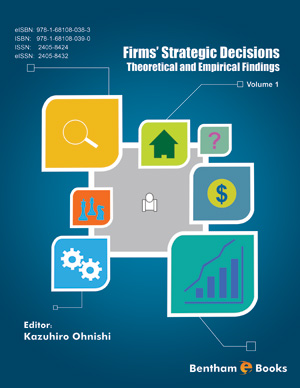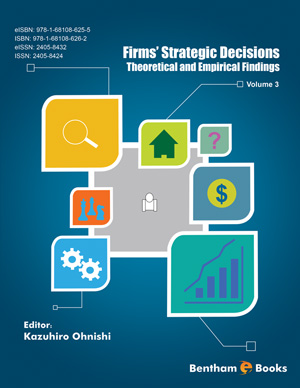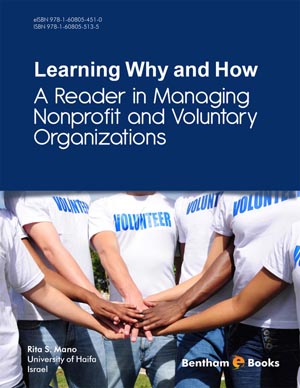Abstract
This chapter addresses the question of how to create a database of the citizen’s mind about anxiety-provoking situations in the face of terrorism. The approach is grounded in a combination of experimental design, psychophysics (a branch of psychology) and consumer research. The theoretical foundation is illustrated with a set of 15 empirical studies using conjoint analysis in order to understand how consumers respond to anxietyprovoking situations. The approach identifies the mind-set toward terrorism at the individual respondent level. By exploring responses embedded in a general study of anxiety-provoking situations, it becomes possible to understand the algebra of the individual respondent’s mind, how important the basic fear of terrorism actually is, how important it is to specify the type of terrorism (bombing versus contamination of the food supply) and the structure of what frightens the consumer. The chapter attempts to answer the question: what are the critical drivers of anxiety—the specific terrorist act, the location of the act, the feelings, or even the proposed remedies to reduce anxiety? The outcome of the research is both an empirical dataset and potentially a framework for a subdiscipline in social science. This approach looks at problems from three perspectives: as a scientist—to understand general patterns; as an engineer—to solve a specific problem; and as a clinical psychologist—at the level of a single individual (idiographic) as well as at the level of the general population (nomothetic).
Keywords: Social anxiety, rule developing experimentation, terrorism, reducing anxiety.









.jpg)


